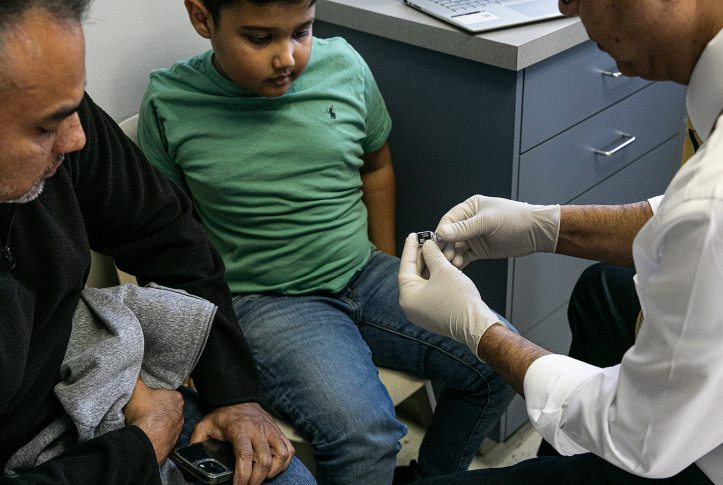

Federally qualified health centers (FQHCs) provide comprehensive primary care and preventive services to more than 31.5 million patients across the United States, regardless of their ability to pay. FQHCs have a unique financing structure that relies on federal grant funding and low Medicaid reimbursements. As a result, they operate on thin, often unpredictable financial margins, which limits their ability to implement and sustain improvements.
Value-based payment (VBP) models could help. Under VBP arrangements, payment is tied to the quality, cost, and equity of care rather than the volume of services delivered. Providers are often given an upfront lump sum for each patient, giving them greater flexibility to deliver the right care at the right time.
Experts have suggested that VBP could be particularly beneficial for FQHCs in the long run by making funding more predictable, freeing up resources for them to innovate, and supporting greater investment in infrastructure. It’s also seen as a critical step toward advancing health equity, as FQHCs disproportionately care for low-income and racially diverse patients. By moving to VBP, FQHCs could be further enabled to improve care delivery and outcomes for these patients — something they already excel at.